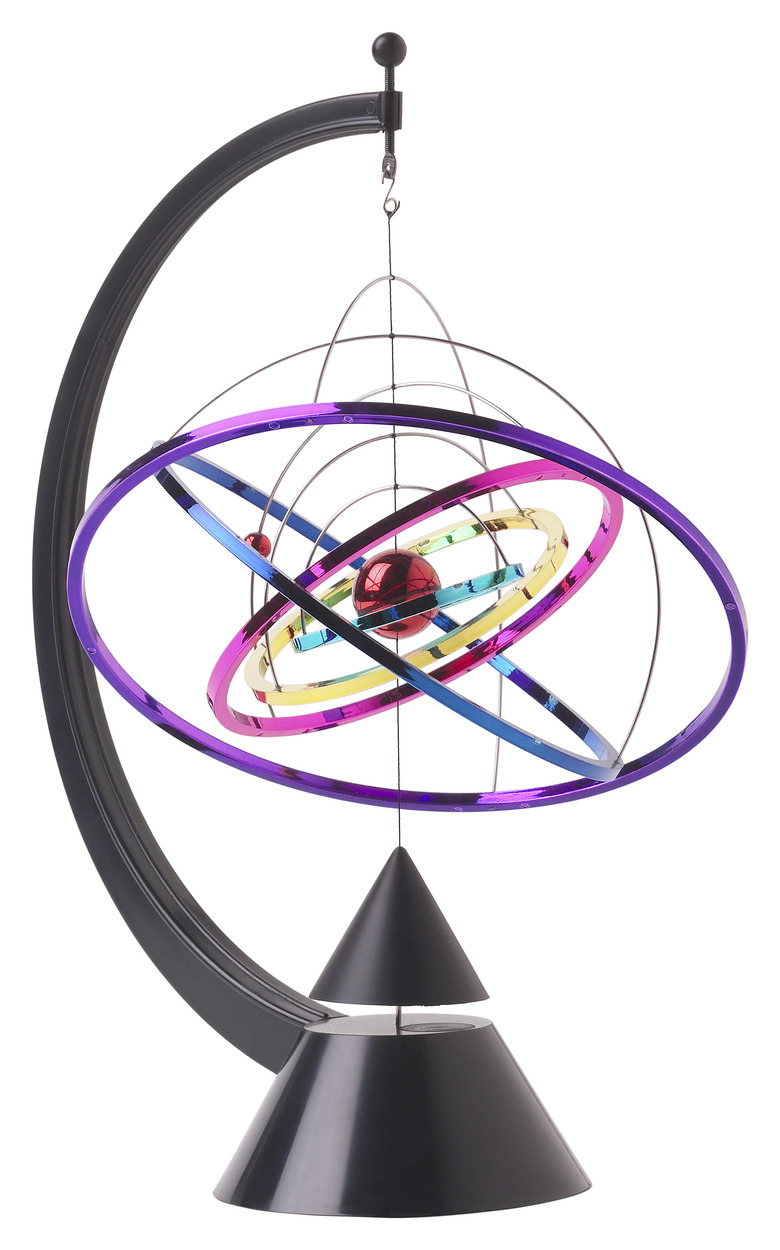What Are The Two Major Components Of An Atom?
Atoms are the building blocks of matter and are responsible for everything we observe in the visible universe. The two main components of an atom are the nucleus and the cloud of electrons. The nucleus contains positively charged and neutral subatomic particles, whereas the cloud of electrons contains tiny negatively charged particles.
Nucleus
Nucleus
The nucleus is found at the center of the atom and contains subatomic particles that are called protons and neutrons. Protons carry a positive charge, whereas neutrons carry no charge. The protons and neutrons are held together in the nucleus by the nuclear strong force, which overcomes the repulsion between positively charged protons.
Cloud of electrons
Cloud of electrons
An atomic nucleus is surrounded by a cloud of electrons. Electrons carry a negative charge that is equal and opposite to the charge carried by a proton. To form a neutral atom, the number of electrons has to equal the number of protons in the nucleus.
Cite This Article
MLA
Markings, Samuel. "What Are The Two Major Components Of An Atom?" sciencing.com, https://www.sciencing.com/two-major-components-atom-12319/. 24 April 2017.
APA
Markings, Samuel. (2017, April 24). What Are The Two Major Components Of An Atom?. sciencing.com. Retrieved from https://www.sciencing.com/two-major-components-atom-12319/
Chicago
Markings, Samuel. What Are The Two Major Components Of An Atom? last modified August 30, 2022. https://www.sciencing.com/two-major-components-atom-12319/
